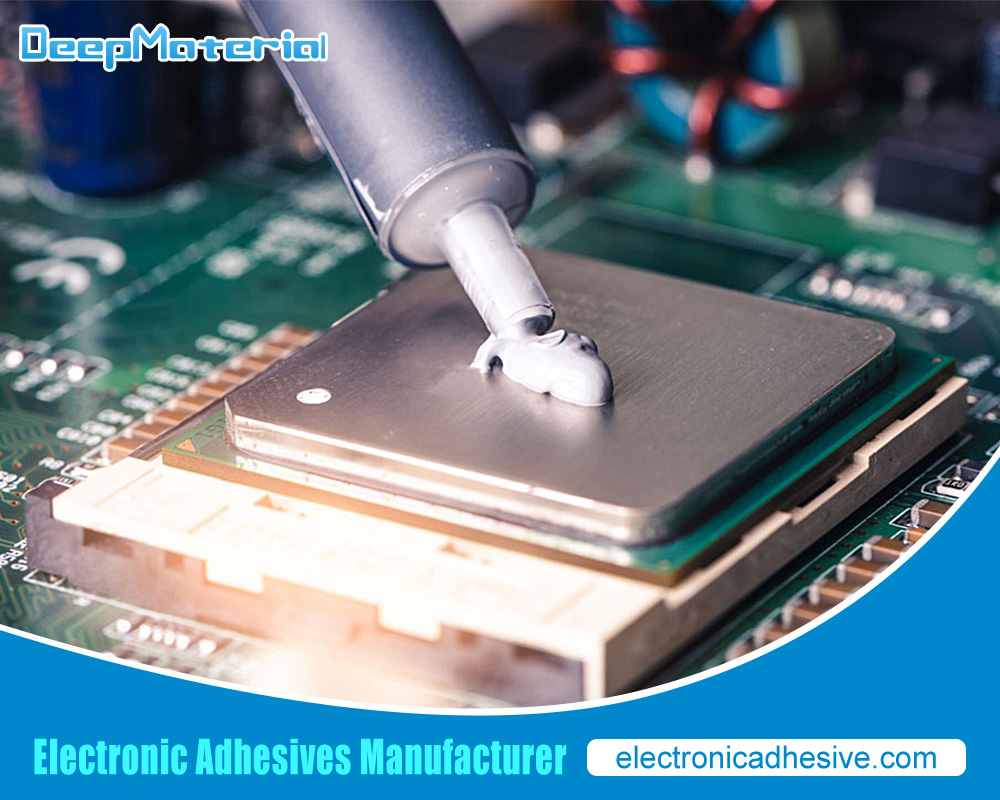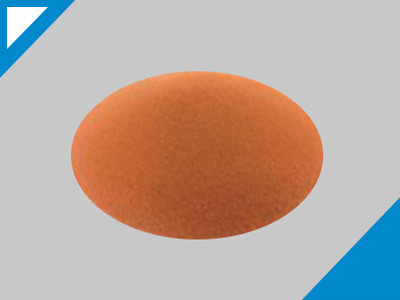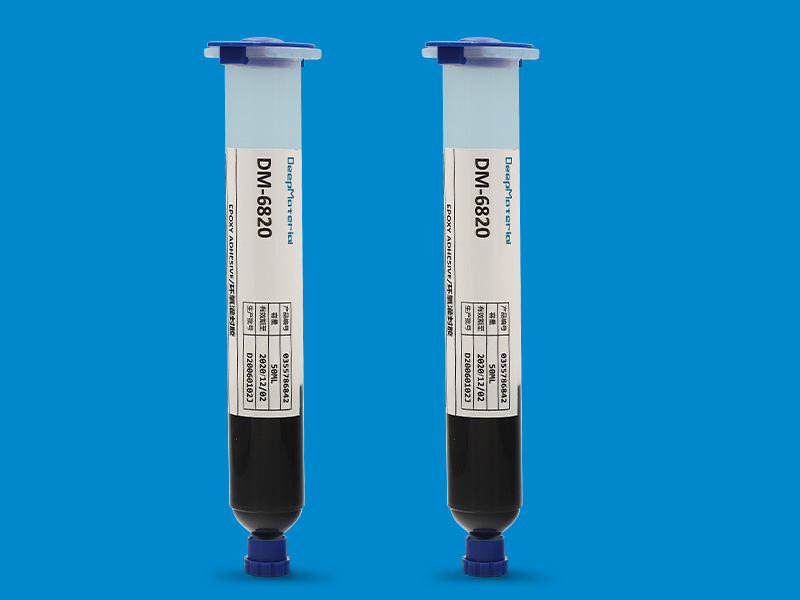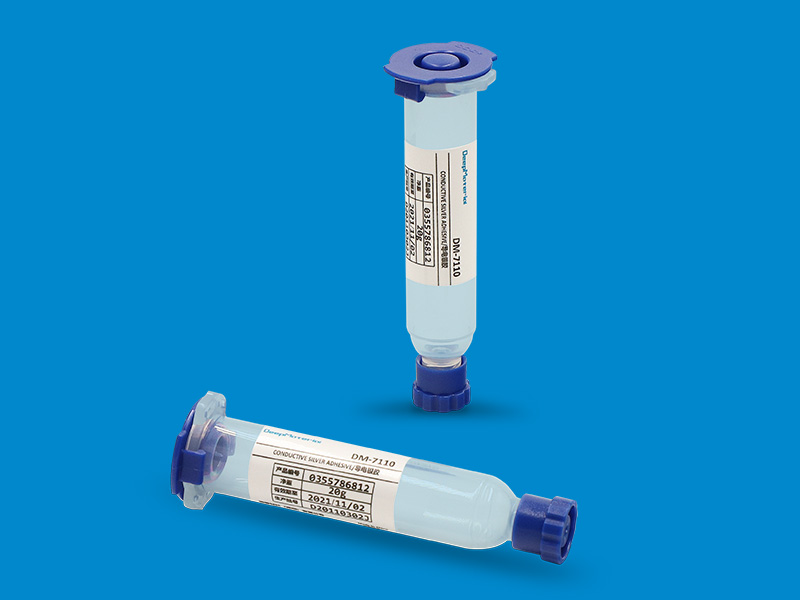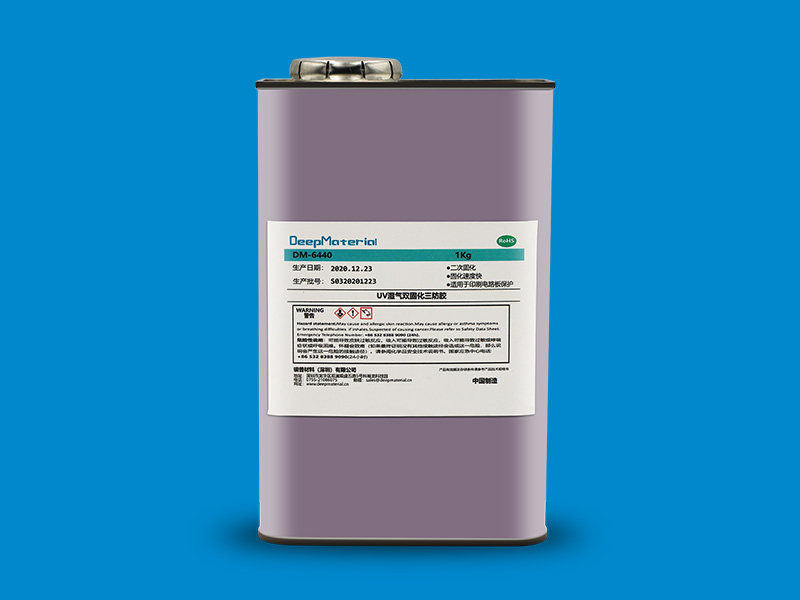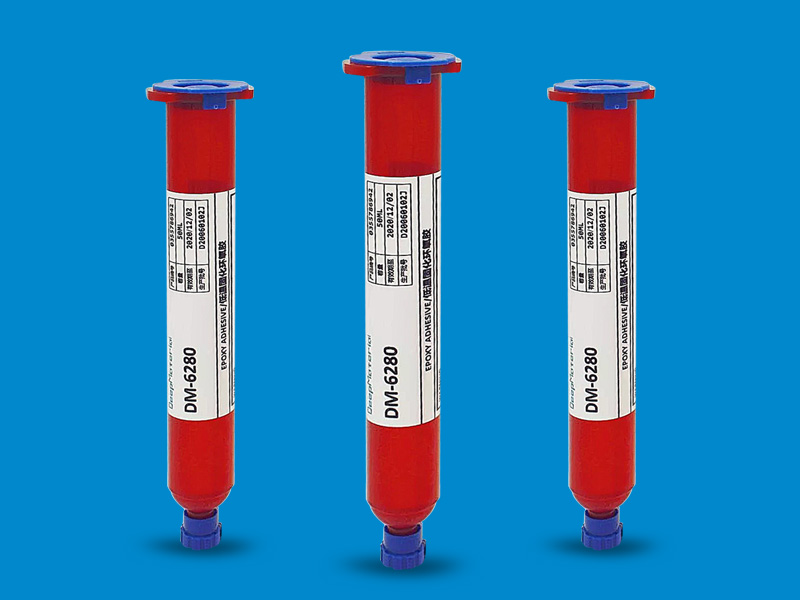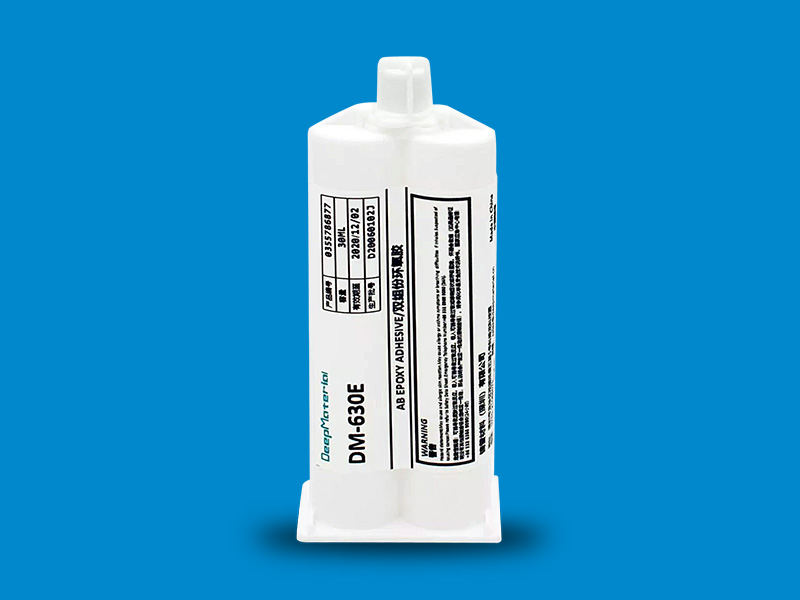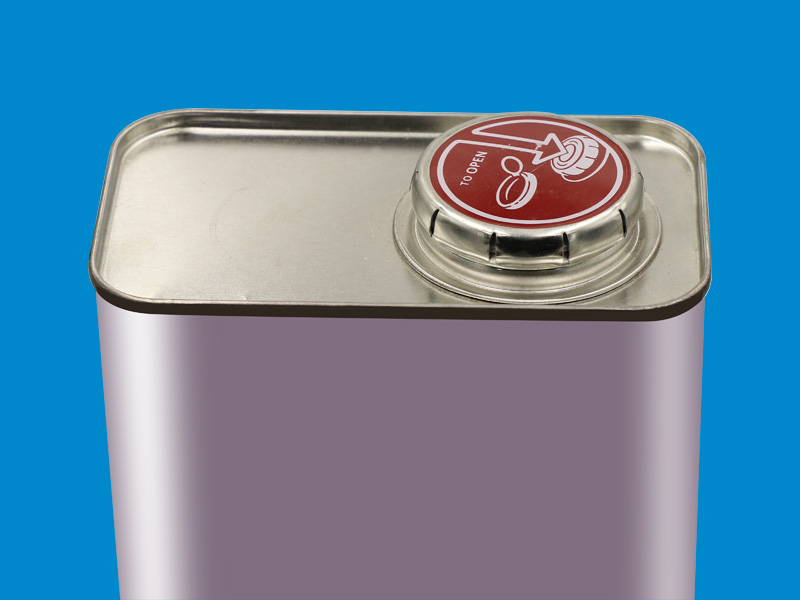The Best Adhesive Glue for Polypropylene: A Comprehensive Guide
The Best Adhesive Glue for Polypropylene: A Comprehensive Guide
Polypropylene (PP) is a versatile thermoplastic polymer known for its lightweight, durability, and resistance to chemicals and moisture. Its applications range from packaging materials and automotive parts to textiles and medical devices. However, bonding polypropylene can be challenging due to its low surface energy, making it difficult for adhesives to form a strong bond. This article explores the best adhesive glues for polypropylene, discussing their properties, applications, and tips for adequate bonding.
Understanding Polypropylene
Polypropylene is a widely used plastic in two primary forms: homopolymer and copolymer.
- Homopolymer Polypropylene: This is the most common type, offering high strength, rigidity, and transparency. It’s often used in containers, automotive components, and textiles.
- Copolymers: These variants, such as random polypropylene, have improved impact resistance and flexibility, making them ideal for applications requiring toughness, like bumpers and automotive parts.
Despite its many advantages, polypropylene poses unique challenges for bonding due to its smooth, non-porous surface and low surface energy. Therefore, it’s essential to choose a suitable adhesive for adequate bonding.
Factors to Consider When Choosing Adhesive Glue for Polypropylene
When selecting the best adhesive for polypropylene, consider the following factors:
- Bond Strength: The adhesive must provide a strong bond that can withstand stress, pressure, and environmental factors.
- Curing Time: Some adhesives cure quickly, while others may take longer. Depending on the project requirements, you may prefer one over the other.
- Temperature Resistance: Consider the temperature range to which the bonded materials will be exposed. Some adhesives perform better in extreme temperatures.
- Flexibility: Depending on the application, the adhesive may need to remain flexible after curing to accommodate movement and stress.
- Chemical Resistance: If the bonded materials will come into contact with chemicals, choose an adhesive with suitable chemical resistance.
- Ease of Use: Consider the application method (e.g., nozzle, brush, etc.) and whether you need a quick-drying solution for your project.
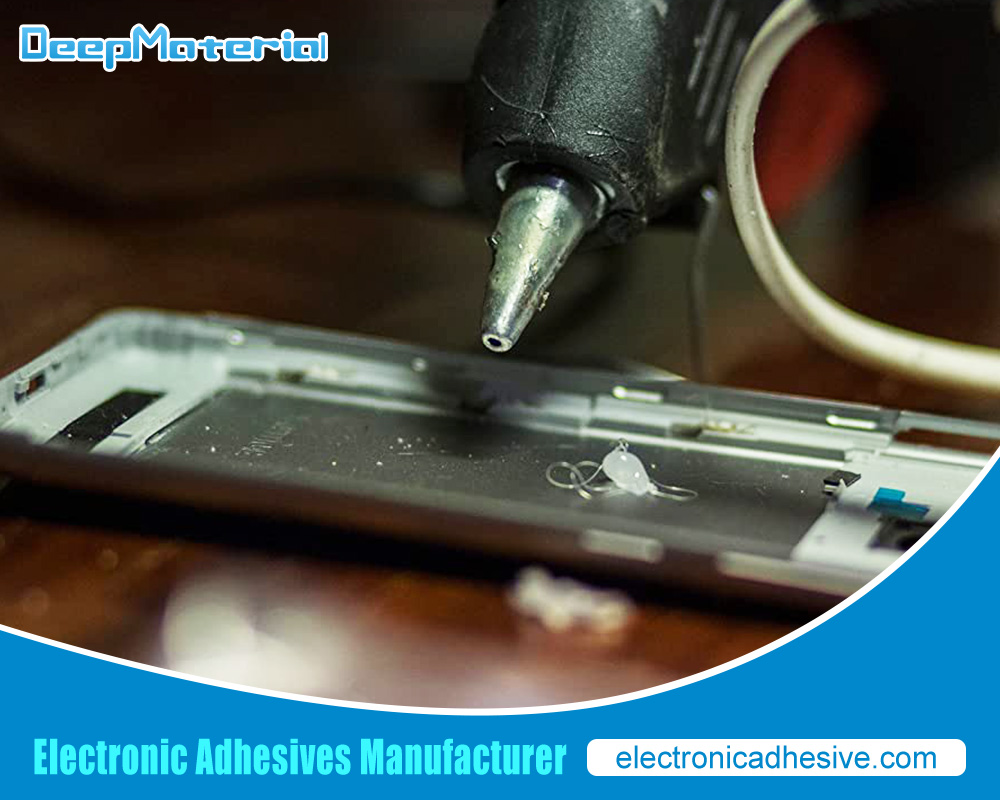
Best Adhesive Glues for Polypropylene
Cyanoacrylate Adhesives (Super Glue)
Properties: Cyanoacrylate adhesives, commonly known as superglue, are fast-curing and provide a strong bond on various materials, including polypropylene. However, they work best on small surfaces and for quick repairs.
Applications: Ideal for small projects, such as assembling models, repairs of household items, or any application requiring a quick-drying adhesive.
Tips for Use: For better adhesion, consider using a primer designed explicitly for low-energy surfaces before applying the cyanoacrylate adhesive.
Polyurethane Adhesives
Properties: Polyurethane adhesives are known for their flexibility and excellent bonding strength. They can adhere to various surfaces, including plastics, wood, and metals.
Applications: Suitable for applications requiring flexibility, such as in automotive parts or where expansion and contraction are expected.
Tips for Use: Ensure that the surfaces are clean and dry. Apply the adhesive and clamp the parts together to achieve a strong bond.
Epoxy Resins
Properties: Epoxy adhesives consist of a resin and a hardener, offering high strength and chemical resistance. They are excellent for bonding polypropylene because they fill gaps and provide a durable bond.
Applications: Ideal for heavy-duty applications, including construction, automotive repairs, and more permanent bonding solutions.
Tips for Use: Mix the resin and hardener according to the manufacturer’s instructions. Sand the polypropylene to increase the bonding area to ensure proper surface preparation.
Two-Part Acrylic Adhesives
Properties: These adhesives offer excellent shear strength and resist temperature changes and moisture. They bond well with polypropylene and can be used in various applications.
Applications: Commonly used in the automotive and aerospace industries, where solid and durable bonds are essential.
Tips for Use: Similar to epoxy, these adhesives require mixing a resin and hardener. Follow the manufacturer’s guidelines for the best results.
Plastic-Specific Adhesives
Properties: Some manufacturers produce adhesives formulated explicitly for plastics, including polypropylene. These adhesives typically feature a solvent-based or water-based formula that improves bonding on low-energy surfaces.
Applications: Used in various plastic bonding applications, such as household repairs, DIY projects, and industrial applications.
Tips for Use: Check the product specifications to ensure compatibility with polypropylene. Follow the application instructions for the best results.
Hot Melt Adhesives
Properties: Hot melt adhesives are thermoplastic adhesives that are applied in a molten state and solidify upon cooling. They are easy to use and offer quick bonding.
Applications: Suitable for crafting, packaging, and some industrial applications requiring a fast bond.
Tips for Use: Ensure the adhesive is applied evenly and that the surfaces are adequately prepared for better adhesion.
Silicone Adhesives
Properties: Silicone adhesives are flexible and provide good resistance to moisture and temperature fluctuations. While not as strong as some other adhesives, they can be effective for specific applications.
Applications are often used in applications requiring flexibility, such as textiles or where moisture resistance is crucial.
Tips for Use: Clean the surfaces thoroughly before application. Silicone adhesives may require longer curing times.
Preparing Polypropylene for Bonding
Proper surface preparation is crucial for achieving a solid bond with polypropylene. Here are some steps to prepare the surface:
- Clean the Surface: Remove dirt, grease, or contaminants using isopropyl alcohol, soap, and water. Allow the surface to dry completely.
- Abrade the Surface: Lightly sand the polypropylene surface to increase the surface area and improve adhesion. Use fine-grit sandpaper and clean the surface again after sanding.
- Use a Primer: Consider using a primer designed for low-energy surfaces to improve adhesive performance.
Application Techniques
To maximize the effectiveness of the adhesive, consider the following application techniques:
- Follow the Manufacturer’s Instructions: Each adhesive may have specific guidelines for application, curing time, and temperature requirements.
- Apply Evenly: Ensure the adhesive is applied evenly across the surface for uniform bonding.
- Clamping: Clamping the parts together during curing can enhance the bond strength for certain adhesives.
- Temperature and Humidity: Consider the temperature and humidity levels when applying the adhesive, as these factors can affect curing times and bond strength.
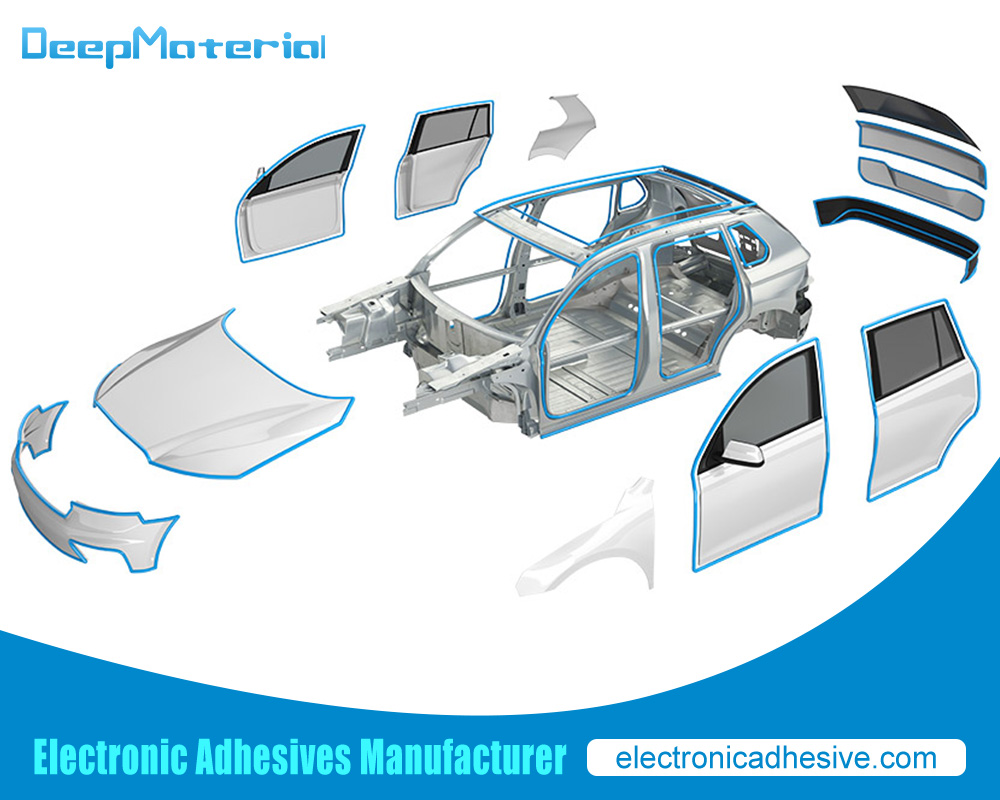 Conclusion
Conclusion
Choosing the suitable adhesive glue for polypropylene can be challenging, but with the proper knowledge and preparation, you can achieve strong and durable bonds. Cyanoacrylate adhesives, polyurethane adhesives, epoxy resins, two-part acrylic adhesives, plastic-specific adhesives, hot melt adhesives, and silicone adhesives offer unique benefits for various applications.
Proper surface preparation and adherence to the manufacturer’s instructions are critical to successful bonding. Whether working on a small DIY project or a more significant industrial application, selecting the appropriate adhesive can make all the difference in achieving lasting results. By considering your project’s specific requirements, you can confidently choose the best adhesive glue for your polypropylene needs.
For more about choosing the best adhesive glue for polypropylene: a comprehensive guide, you can pay a visit to DeepMaterial at https://www.electronicadhesive.com/ for more info.

